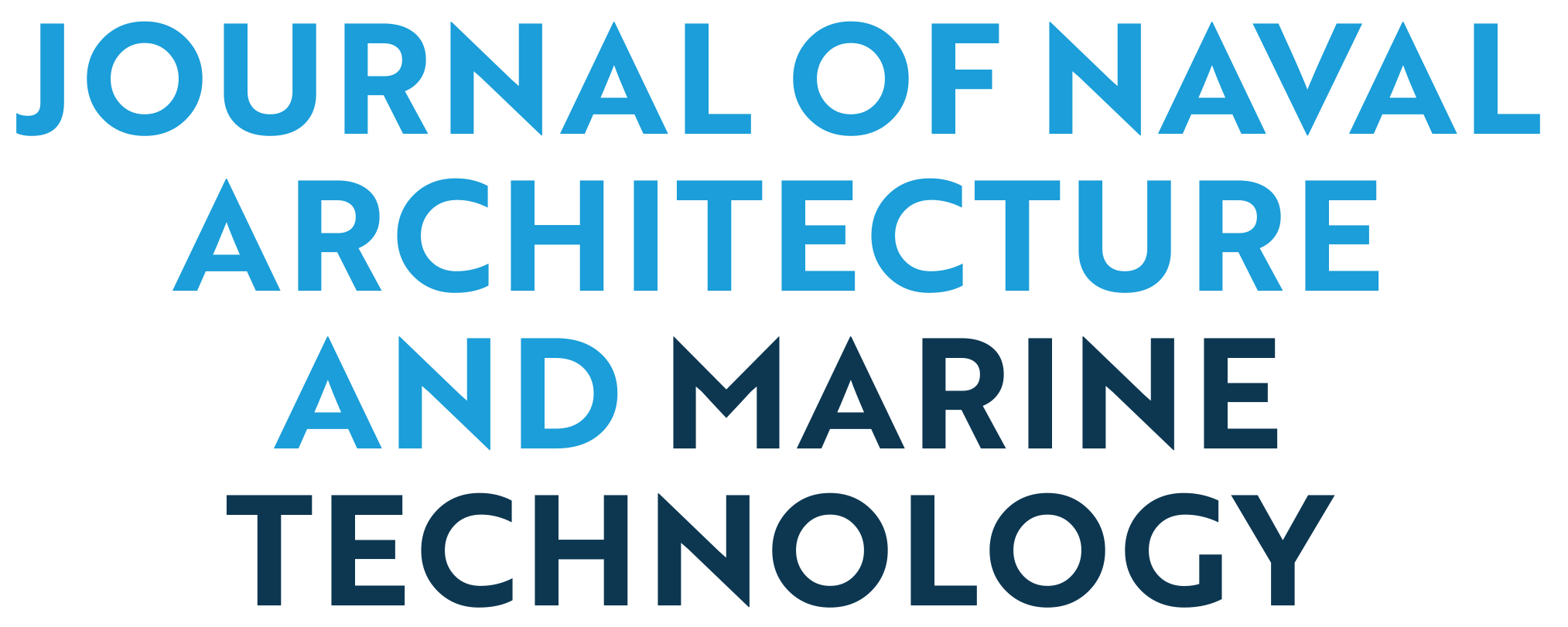ABSTRACT
Additive manufacturing (AM) techniques, unlike traditional manufacturing methods with abrasion and shaping, are the production methods made by stacking the building material in layers on top of each other. In particular, additive manufacturing types, which have experienced great developments in the last 20 years, are divided into 7 main subclasses according to the International Organization for Standardization (ISO) and American Society for Testing and Materials (ASTM) standards, according to the production method and the materials used. The most characteristic feature of all these techniques is that parts with complex geometries can be produced faster and at low cost. Additive manufacturing paves the way for the production of complex and lighter parts with the same strength, together with topology optimization. It is inevitable that the shipbuilding industry also benefit from additive manufacturing, which is used extensively in fields such as aviation, health and automotive. There are important feasibility studies carried out in the last 10 years with the cooperation of Loyds and shipyards as AM is actively used by various navies and research institutions. The central theme of this study is to examine the potential of additive manufacturing techniques in the shipbuilding industry. An in-depth literature review is presented including expert opinions from industry and academia, and a feasibility study is presented. From the academic point of view, fabrication of propellers, ship models and rudder structures used in academic research is examined. It has been seen that low-cost products can be fabricated by 3D printers instead of purchasing products to be used in the academic research. On the other hand, parts used in the industry are examined under two sub-categories: construction and equipment parts. In shipbuilding industry, it has been found that the usage of AM in equipment parts and some construction products will provide advantages in terms of speed and cost. Finally, various classification societies and standards are mentioned in general terms regarding the certification issue, which is one of the most fundamental problems of additive manufacturing techniques.


